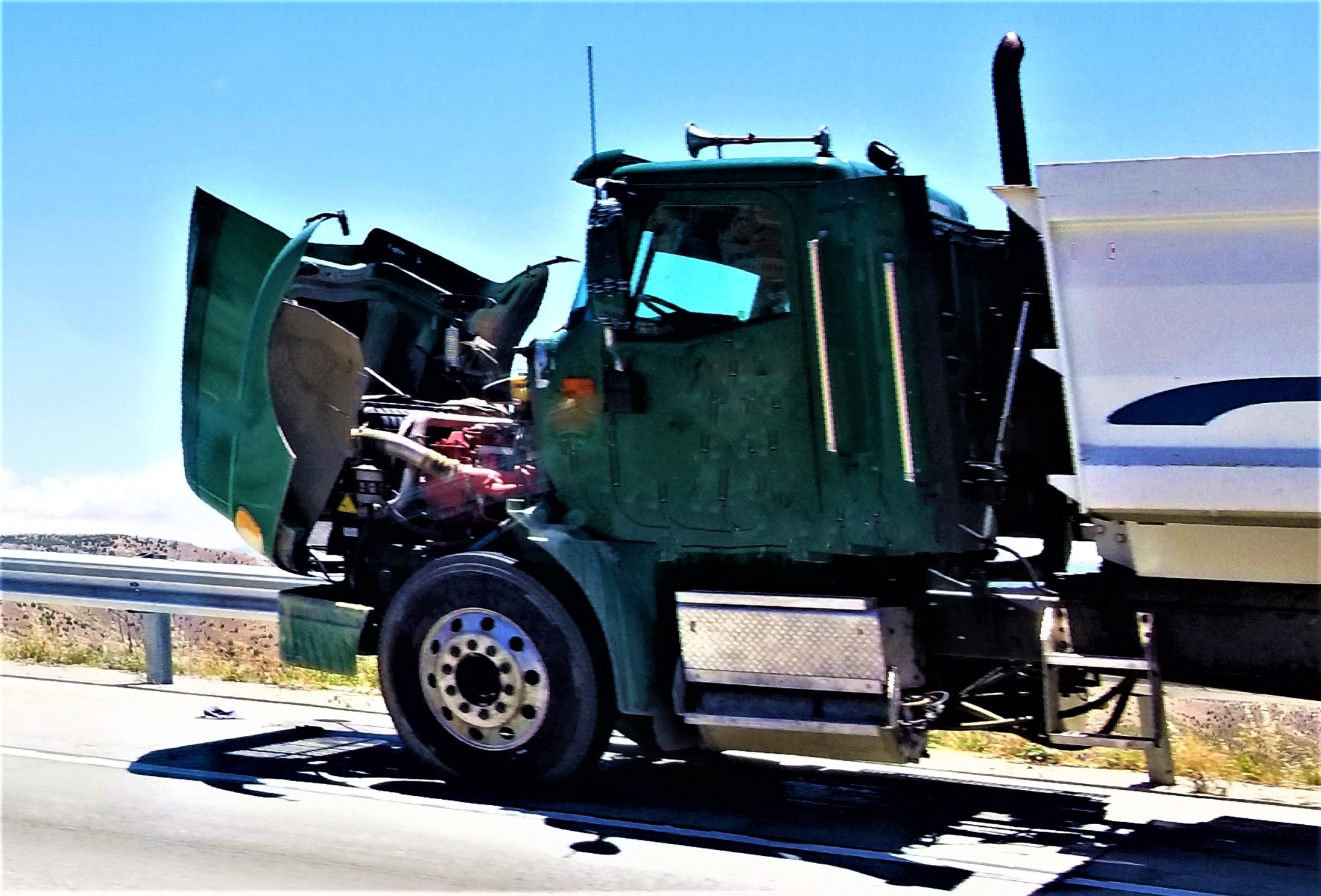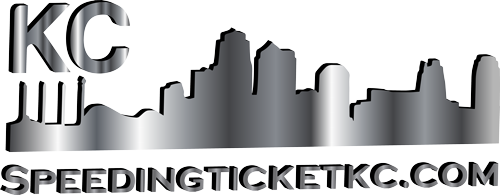Handling Accident Law: a Complete Guide for Victims – Guest Post

Accidents can happen to anyone, at any time, and often with devastating aftermath. Understanding Accident law is critical for victims to protect their rights and seek fair compensation. This complete guide will investigate various aspects of accident law, providing valuable insights for those working through the detailed legal landscape following an accident.
Accident Claims Overview
Accident law, a subset of personal injury law, includes the legal principles and procedures that govern cases where people suffer harm due to the carelessness or wrongful actions of others. This area of law is designed to protect victims’ rights and make sure they receive appropriate compensation for their injuries, losses, and damages.
Understanding Legal rights after an accident is paramount. It can mean the difference between receiving fair compensation and being left to bear the financial burden of medical bills, lost wages, and other damages on your own. Accident law covers a wide range of incidents, from vehicle collisions to workplace injuries, each with its own set of legal considerations.
In this guide, we investigate various types of accidents, the legal processes involved, and the steps victims should take to protect their interests. Whether you’ve been involved in a car crash, a slip and fall incident, or a workplace accident, this information will help you manage the world of accident law with confidence.
Types of Accidents and Legal Considerations
Accident law covers a broad spectrum of incidents. Here are some of the most common types of accidents and their associated legal considerations:
Car Accidents
Car accidents are among the most frequent types of personal injury cases. Legal considerations include:
- Determining fault
- Dealing with insurance companies
- Assessing damages (both property and personal injury)
- Understanding Specific traffic laws
Motorcycle Accidents
Motorcycle accidents often result in more severe injuries due to the rider’s exposure. Key legal aspects include:
- Overcoming bias against motorcyclists
- Proving carelessness of other drivers
- Addressing unique injury patterns (e.g., road rash, head injuries)
Pedestrian Accidents
When pedestrians are struck by vehicles, the legal focus is often on:
- Right-of-way laws
- Visibility factors
- Driver distraction or impairment
- Pedestrian behavior and contributory carelessness
Slip and Fall Accidents
These premises liability cases involve:
- Proving property owner carelessness
- Demonstrating hazardous conditions
- Establishing the owner’s understanding of the danger
- Addressing comparative carelessness claims
Workplace Accidents
Workplace accidents often involve:
- Workers’ compensation claims
- Third-party liability cases
- OSHA violations
- Employer carelessness or misconduct
Understanding the legal considerations for each type of accident is critical for building a strong case and securing fair compensation.
Truck Accidents: Unique Challenges and Legal Specifics
Truck accidents present distinct challenges compared to standard vehicle collisions due to their size, weight, and regulations governing the trucking industry. These accidents often result in more severe injuries and property damage, requiring specialized legal expertise to manage details of trucking laws and regulations.
Key differences between truck and car accidents include:
- Severity of injuries
- Extent of property damage
- Number of potentially liable parties
- Complexity of applicable regulations
Common causes of truck accidents include:
- Driver fatigue due to long hours
- Improper loading or cargo securement
- Inadequate vehicle maintenance
- Distracted driving
- Speeding or reckless driving
Liability in truck accident cases often involving multiple parties such as:
- The truck driver
- The trucking company
- The vehicle or parts manufacturer
- The cargo loader or shipper
- Government entities responsible for road maintenance
Given these nuances, it’s critical to seek specialized legal representation. A truck accident lawyer Atlanta can give the expertise needed to manage these challenging cases. These attorneys are well-versed in federal and state trucking regulations, understand the nuances of trucking company policies, and have experience dealing with commercial insurance providers.
An experienced truck accident lawyer can:
- Conduct a thorough investigation of the accident
- Identify all potentially liable parties
- Namanageetailed insurance policies
- Handle negotiations with powerful trucking companies and their legal teams
- Make Sure compliance with specific trucking industry regulations
- Accurately calculate damages, including long-term medical costs and lost earnings
By engaging a specialized attorney, truck accident victims can level the playing field against well-resourced trucking companies and their insurers, increasing their chances of receiving fair compensation for their injuries and losses.
The Role of Medical Evidence in Accident Cases
Medical evidence plays a critical role in accident cases, serving as the foundation for proving the extent of injuries and their impact on the victim’s life. Proper documentation and expert medical testimony can significantly strengthen a personal injury claim.
Importance of Immediate Medical Attention
Seeking immediate medical care after an accident is critical for both health and legal reasons:
- It ensures prompt treatment of injuries, including those that may not be immediately apparent.
- It creates an official record linking injuries to the accident.
- It demonstrates the victim’s commitment to recovery, countering potential claims of exaggeration.
Types of Medical Evidence Used in Accident Cases
Various forms of medical evidence can support an accident claim:
- Medical records and charts
- Diagnostic test results (X-rays, MRIs, CT scans)
- Photographs of injuries
- Doctor’s notes and treatment plans
- Receipts for medical expenses
- Expert medical testimony
Impact of Medical Records on Legal Claims
Complete medical records can significantly influence the outcome of a case by:
- Establishing a clear link between the accident and injuries
- Demonstrating the severity and long-term impact of injuries
- Justifying claims for medical expenses and future care needs
- Supporting claims for pain and suffering
Alternative Medical Treatments and Legal Implications
While traditional medical care is critical, alternative treatments can also play a role in accident cases. For instance, chiropractic care is often sought for back and neck injuries resulting from accidents. A walk in chiropractor near me can give immediate care and ongoing treatment for accident-related injuries.
When considering alternative treatments:
- Make Sure the treatment is recommended by a medical professional
- Keep detailed records of all treatments and their effects
- Be prepared to justify the necessity of alternative treatments in your claim
It’s important to note that while alternative treatments can be beneficial, they may be scrutinized more closely by insurance companies. Working with both traditional and alternative healthcare providers can give a complete approach to recovery and strengthen your legal case.
Steps to Take Immediately After an Accident
Taking the right actions immediately following an accident can significantly impact the strength of your legal case. Here are critical steps to follow:
1. Make Sure Safety at the Accident Scene
- Move to a safe area if possible
- Turn on hazard lights
- Set up warning triangles or flares if available
2. Document the Accident
- Take photos of vehicle damage, injuries, and the accident scene
- Note weather conditions, road signs, and any visible hazards
- Write down your recollection of the events as soon as possible
3. Gather Witness Information
- Collect names and contact details of any witnesses
- Ask if they’re willing to give a statement
- Note any security cameras in the area that might have captured the incident
4. Seek Medical Attention
- Call for emergency medical services if needed
- Even if injuries seem minor, get checked by a medical professional
- Keep all medical records and follow treatment plans
5. Contact Law Enforcement
- Call the police to report the accident
- Get a copy of the police report or the report number
- Avoid admitting fault or making statements about your condition
6. Exchange Information
- Get the name, contact information, and insurance details of all involved parties
- Note the make, model, and license plate numbers of all vehicles involved
7. Notify Your Insurance Company
- Report the accident to your insurer as soon as possible
- Give factual information but avoid speculation about fault or injuries
8. Consult With an Attorney
By following these steps, you create a solid foundation for your accident claim, preserving key evidence and protecting your legal rights from the outset.
Awareness Insurance Claims in Accident Cases
Managing the insurance claims process is a critical aspect of accident cases. Understanding insurance works and how to deal with insurance companies can significantly impact the outcome of your claim.
Types of Insurance Coverage
Various types of insurance may come into play in accident cases:
- Auto Insurance
- Liability coverage
- Personal injury protection (PIP)
- Uninsured/underinsured motorist coverage
- Collision coverage
- Homeowners or Renters Insurance
- For slip and fall accidents on private property
- Commercial General Liability Insurance
- For accidents on business premises
- Workers’ Compensation Insurance
- For workplace accidents
- Professional Liability Insurance
- For accidents involving professional services
The Claims Process
The typical insurance claims process involves:
- Reporting the accident to your insurer
- Investigation by the insurance company
- Evaluation of damages and injuries
- Settlement negotiations
- Acceptance of a settlement offer or filing a lawsuit
Dealing With Insurance Adjusters
Insurance adjusters work for the insurance company, not for you. When interacting with them:
- Be polite but cautious
- Stick to the facts of the accident
- Avoid speculating about fault or the extent of your injuries
- Don’t give recorded statements without consulting an attorney
- Don’t accept the first settlement offer without careful consideration
Common Insurance Company Tactics
Be aware of these common tactics used by insurance companies:
- Delaying the claims process
- Disputing the severity of injuries
- Offering quick, low settlements
- Using your statements against you
- Requesting unnecessary documentation
- Misrepresenting policy coverage
To protect yourself:
Understanding The Insurance claims process and being prepared for potential challenges can help you handle this complex aspect of accident cases more effectively.
Calculating Damages in Accident Cases
Accurately calculating damages is key for cases to make sure there is fair compensation. Damages fall into three main categories: economic, non-economic, and punitive.
Economic Damages
These are quantifiable financial losses resulting from the accident:
- Medical expenses (past and future)
- Lost wages and loss of earning capacity
- Property damage
- Out-of-pocket expenses related to the accident
Non-economic Damages
These are subjective, non-monetary losses:
- Pain and suffering
- Emotional distress
- Loss of enjoyment of life
- Loss of consortium (impact on personal relationships)
Punitive Damages
In cases of extreme carelessness or intentional harm, punitive damages may be awarded to punish the wrongdoer and deter similar behavior.
Factors Affecting Damage Calculations
Several factors can influence the calculation of damages:
- Severity and permanence of injuries
- Impact on daily life and future prospects
- Age and pre-accident health of the victim
- Degree of fault (in comparative carelessness jurisdictions)
- Available insurance coverage
- Jurisdiction-specific damage caps
Methods of Calculation
Different methods may be used to calculate damages:
- Multiplier Method: Economic damages are multiplied by a factor (typically 1.5 to 5) based on the severity of non-economic damages.
- Per Diem Method: A daily rate is assigned to non-economic damages and multiplied by the number of days the victim suffered.
- Expert Testimony: Economic experts may be called to calculate future losses and detailed economic damages.
Accurate damage calculation requires careful documentation of all losses and often benefits from professional legal help to make sure all potential damages are identified and properly valued.
Statute of Limitations and Legal Deadlines
Understanding the statute of limitations is key in accident cases, as it sets the legal time limit for filing a lawsuit. Failing to file within this timeframe can result in losing your right to get compensation.
Limitations for Filing Claims
Statutes of limitations vary by state and type of case:
- Personal injury claims: Typically 1-6 years, with 2-3 years being most common
- Property damage claims: Often 2-6 years
- Wrongful death claims: Generally 1-3 years
It’s important to note that the clock usually starts ticking from the date of the accident or the date the injury was discovered.
Exceptions to Statutes of Limitations
Some circumstances may extend or “toll” the statute of limitations:
- Discovery Rule: The time limit may begin when the injury is discovered, rather than when it occurred.
- Minor Victims: The statute may be tolled until the victim reaches the age of majority.
- Mental Incapacity: If the victim is mentally incapacitated, the statute may be tolled until capacity is restored.
- Defendant Absence: If the defendant leaves the state, the time they’re absent might not count towards the limitation period.
Importance of Acting Promptly
- Evidence Preservation: Physical evidence can deteriorate, and witness memories can fade over time.
- Stronger Case Building: Early action allows for more thorough investigation and case preparation.
- Insurance Claim Deadlines: Insurance policies often have their own deadlines for filing claims, which are typically shorter than legal statutes.
- Peace of Mind: Resolving the case sooner allows victims to focus on recovery without lingering legal concerns.
Negotiation and Settlement Processes
Most accident cases are resolved through negotiation and settlement rather than going to trial.
Initial Settlement Offers
Insurance companies often make initial settlement offers soon after an accident. These offers are typically low and may not fully account for all damages, especially long-term or non-economic damages.
Key points about initial offers:
Negotiation Strategies
Effective negotiation is important during fair compensation:
- Know Your Bottom Line: Determine the minimum settlement you’re willing to accept based on your damages and needs.
- Present Strong Evidence: Use medical records, expert opinions, and financial documentation to support your claim.
- Highlight Liability: Clearly show the other party’s fault and your lack of contributory carelessness.
- Address Future Impacts: Emphasize long-term effects of injuries on your life and earning capacity.
- Be Patient: Negotiations can take time. Rushing can result in suboptimal settlements.
- Use Emotional Appeals Judiciously: While emotional impact is relevant, focus primarily on factual and financial aspects.
When to Consider Settling Vs. Going to Trial
Deciding whether to settle or go to trial depends on several factors:
Reasons to Consider Settling:
- Guaranteed compensation
- Faster resolution
- Lower legal costs
- Avoid stress of a trial
Reasons to Consider Trial:
- Significantly low settlement offers
- Clear liability and substantial damages
- Desire for public accountability
- Potential for higher compensation
The Role of Mediation
Mediation is often used in accident cases to help settlement:
- A neutral third party (mediator) assists in negotiations
- It’s less formal and adversarial than court proceedings
- Can lead to creative solutions not available in court
- Often results in faster, more cost-effective resolutions
Understanding these aspects of negotiation and settlement can help you make informed decisions throughout the legal process, potentially leading to a more favorable outcome in your accident case.
The Litigation Process for Accident Cases
When settlement negotiations fail to produce a satisfactory result, the case may proceed to litigation. Understanding the litigation process is critical for accident victims pursuing legal action.
Filing a Lawsuit
The litigation process begins with filing a complaint:
Discovery Phase
Discovery is a critical pre-trial phase where both parties gather information:
- Interrogatories: Written questions that must be answered under oath
- Depositions: Oral testimony given under oath
- Requests for Production: Asking for relevant documents or evidence
- Requests for Admission: Asking the other party to admit or deny specific facts
This phase can last several months to over a year, depending on case complexity.
Mediation and Arbitration
Many courts require alternative dispute resolution attempts before trial:
- Mediation: A neutral third party facilitates negotiations
- Arbitration: A neutral arbitrator hears both sides and makes a decision
These processes can often lead to settlements, avoiding the need for trial.
Trial Proceedings
If the case goes to trial, the process typically includes:
- Jury Selection (in jury trials)
- Opening Statements
- Presentation of Evidence and Witness Testimony
- Cross-Examination
- Closing Arguments
- Jury Instructions (in jury trials)
- Verdict

